8 parade-worthy classic cars under $25,000
I love a parade, the tramping of feet,
I love every beat I hear of a drum.
I love a parade, when I hear a band
I just want to stand, and cheer as they come!
Say, that sounds like Harry Richman, a popular singer who was stuck loving parades in every show he did for the next two decades after I Love a Parade became a smash hit in 1932.
Know who else loves a parade? We do. Especially small-town ones, with classic cars following along behind the local police chief and some firemen on an old-time (red) fire truck with a Dalmatian (black and white).
When it comes to parade cars, the more varied they are, the better. Here are eight classics we’d love to see in a parade. Why, we’d stand and cheer as they came. Built before 1950, they’re all under $25,000, per Hagerty’s valuation experts. Prices are for number 3, or good, condition vehicles. (Want the full run-down on our 1-to-4 scale? Click here.)
1911 Ford Model T Open Runabout, $23,400
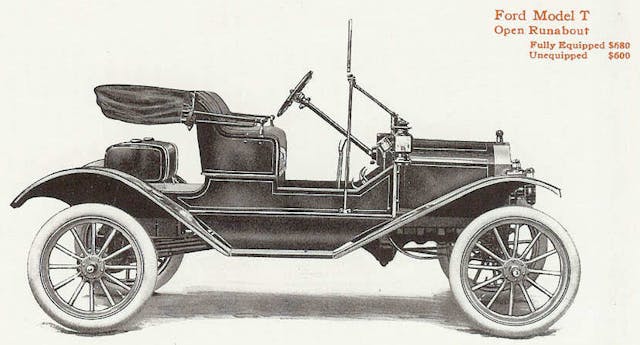
There’s nothing like the obligatory Model T, sold by Ford for 18 years with only basic changes. That said, 1911 saw mildly significant updates, with top, windshield, side curtains, and gas lamps for the convertible. “High-priced quality in a low-priced car,” Ford claimed. The standard color was Royal Blue, often with pinstripes (this was seven years before Henry Ford’s pronouncement that you could have any color you wanted, so long it was black). “Fully equipped,” said one ad from the times, for $680. Power is from the 20-horsepower four-cylinder engine. A T would be the perfect parade car for a high-school homecoming queen, who can do the cupped-hand “Princess Diana” wave from the right seat.
1947 Willys-Jeep CJ 2A, $13,600

Put the town’s oldest veteran in this Willys-Jeep CJ 2A, only a few years removed from the World War II era that spawned the military Jeep. There are only modest changes between that Willys-Jeep and this one. In fact, many out there are painted drab green in commemoration, with serial numbers stenciled on the hood, American flags flying from the front bumper.
CJ, of course, stood for “civilian Jeep,” a name that lasted from one manufacturer to another from 1945 until 1986, when it was replaced by the Jeep Wrangler in 1987. A total of 214,760 CJ-2As were produced, powered by the bulletproof 2.2-liter Willys Go-Devil engine.
1935 Auburn Supercharged sedan, $24,000
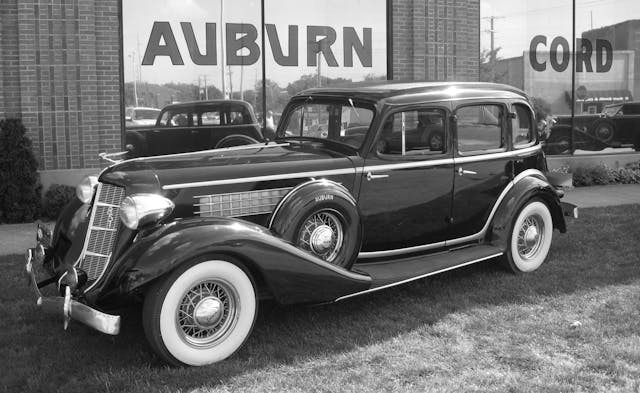
Yes, of course, Auburn is best known for its ultra-collectible 851 Supercharged Speedster, but that car blows our $25,000 price cap out of the water by about $767,000. That doesn’t mean the Supercharged Sedan isn’t a nice car. Plus, you can tell people you own a model that has some bits and pieces that sold for over $1 million, including the supercharged engine, which the Sedan was shared with the Speedster. The former still wears Auburn’s characteristically flowing mid-1930s sheetmetal, albeit without the boattail, and the elegant design should draw attention in any parade.
1946 Fiat Topolino, $22,100
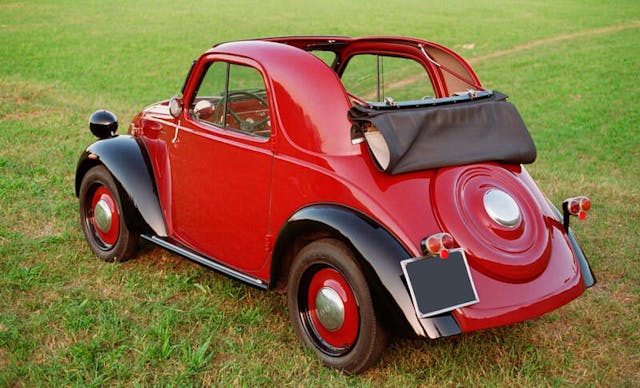
“Cute” cars always carry their weight in a parade, and they don’t come much cuter than the Topolino. With headlights that resemble mouse ears, it’s no wonder the Topolino has a name that translates to “little mouse” in Italian. Essentially a Fiat 500, the tiny Topolino looked and acted like a big car shrunk down, which is what many buyers wanted in the dawning era of the Volkswagen Beetle. Fiat recently resurrected the name for a teeny tiny, electric quadricycle; between the two, we’ll go old-school.
1927 Chrysler Series 60 roadster, $21,800
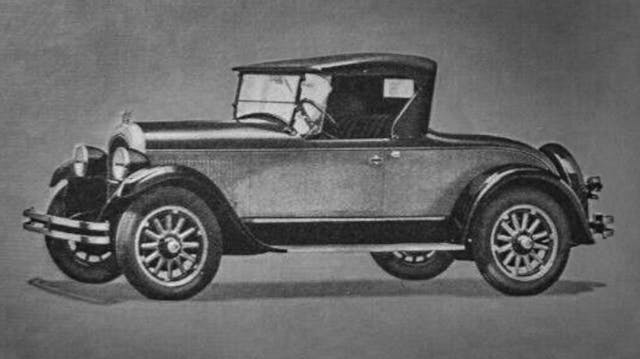
How about some relatively rare American iron? The Chrysler 60 Series debuted in 1927 as a roadster, sedan, landaulet, coupe, or touring car. We’ll take the 3.0-liter six-cylinder-powered roadster, because it gives local dignitaries proper visibility to wave at the crowd. As its name suggests, the car would exceed 60 mph–but hopefully not in a parade.
1948 Riley Roadster, $23,600
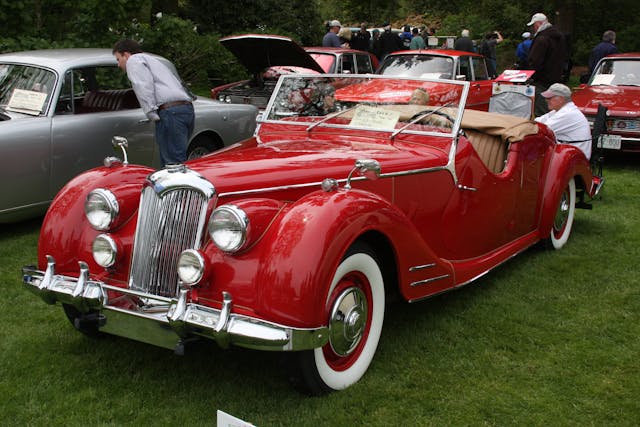
Perhaps just as rare as the 60 Series is the British 1948 Riley Roadster, a two-door, two- or three-seat convertible that’s unmistakably British. Sort of a cross between a sports car and a regular cabriolet, the Riley Roadster was targeted at the North American market. Powered by a 2.6-liter four-cylinder with a column-mounted shifter, it was capable of speeds up to 100 mph. Just over 500 were built before production ended in 1951.
1940 Chevrolet Model K Suburban, $24,900
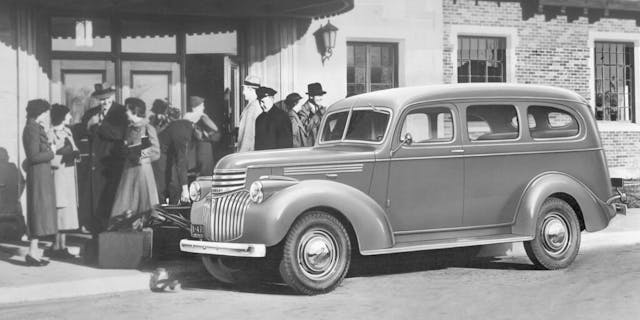
The Suburban has been around serving roughly the same market segment since 1935. We’re picking the 1940 version, built during wartime, and the last model from Generation 1 (we’re up to 12 as of 2023). Power came from the venerable Stovebolt six-cylinder. There was seating for up to eight—three up front, two in the middle, three out back. After all, no parade is complete without clowns or a brass band, and they need transportation, too!
1949 Crosley Hot Shot, $14,800

Cute, part two. The cheerful-looking Crosley Hot Shot was the American equivalent of the MG- and Triumph-type roadsters that appealed to American soldiers serving in Europe during World War II. Back home, Powel Crosley, Jr. of the Crosley Radio Corporation and Crosley Motors, developed what is regarded as America’s first postwar sports car, the 1949 Crosley Hot Shot. It was powered, if you can call it that, by a 26-horsepower, 44-cubic-inch four-cylinder, but it was cheap at just $849. Only 2500 were built, but maybe you can find one to star in your hometown parade.
***
Check out the Hagerty Media homepage so you don’t miss a single story, or better yet, bookmark it. To get our best stories delivered right to your inbox, subscribe to our newsletters.
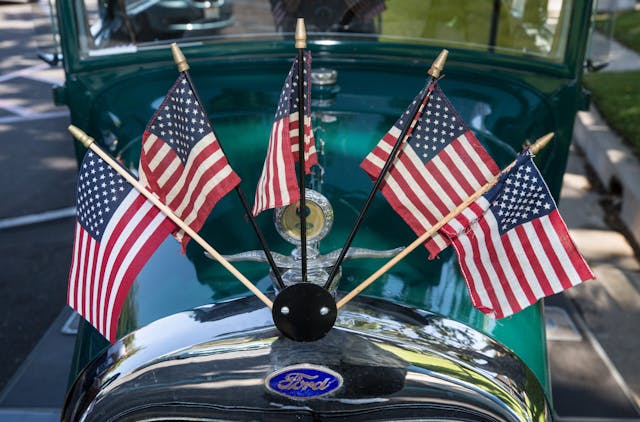
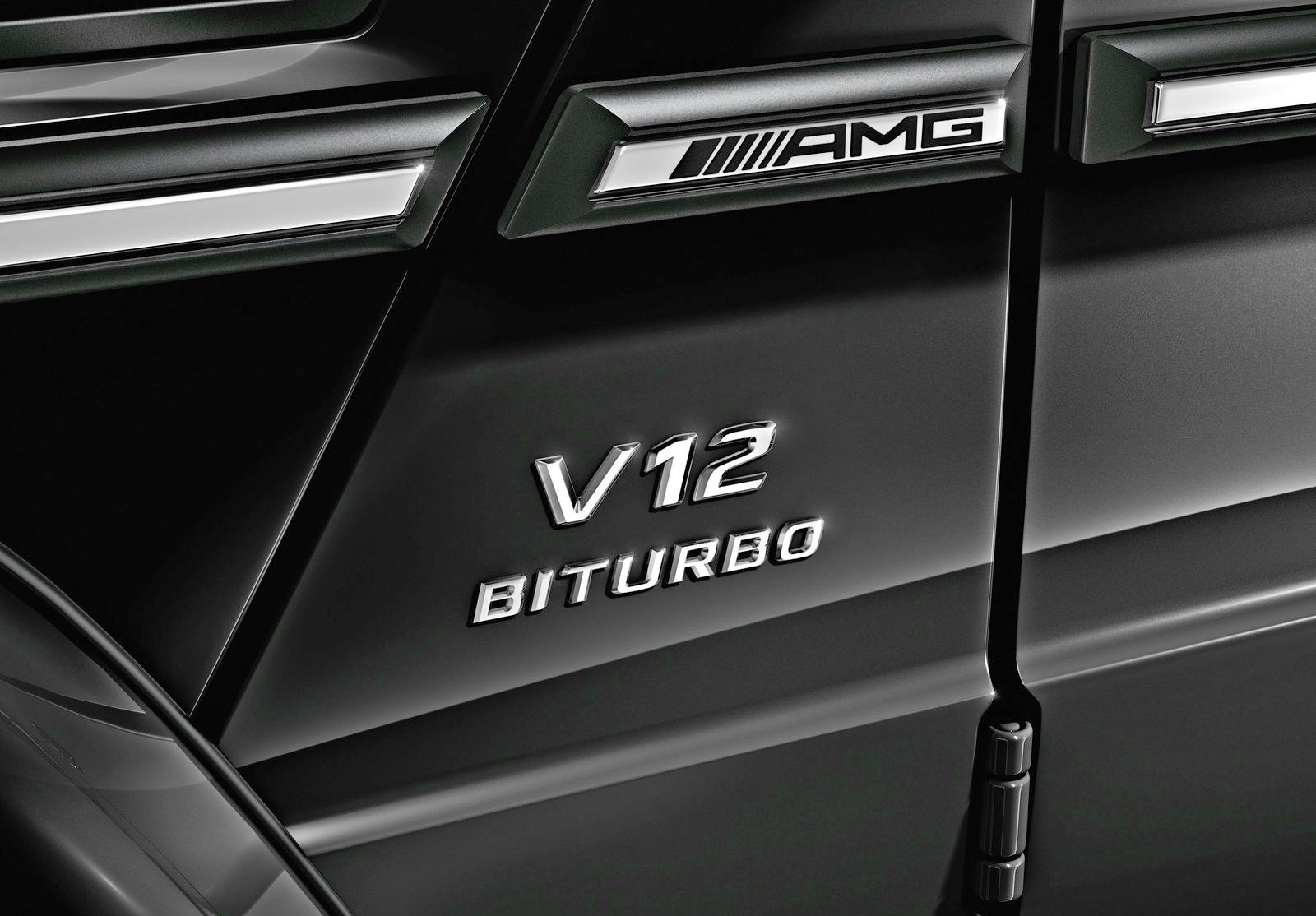
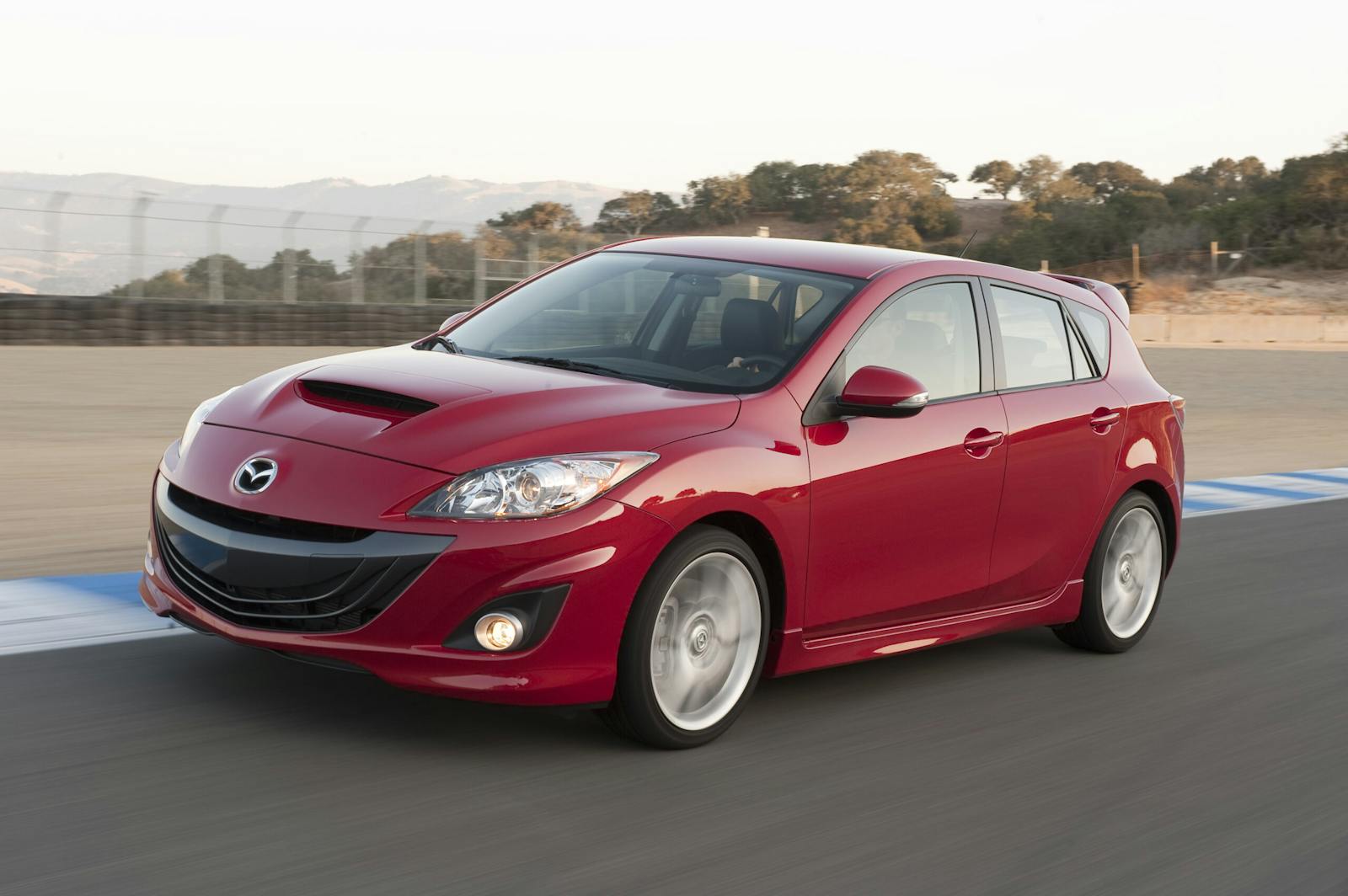
The first time I heard “parade car” was when, at 23, I bought a 1964 comet 4-door the elderly owner wished to turn into a parade car. It certainly would have sufficed. I had to let that one go due to rust, but the restored comet caliente I have now, purchased, imported, and tuned up to driving condition, was under that mark. The ford compacts of the day are very affordable. Half that price can find you a nice edsel, too.
’59 Cadillac Eldorado convertible, with Miss Michigan in the back seat.